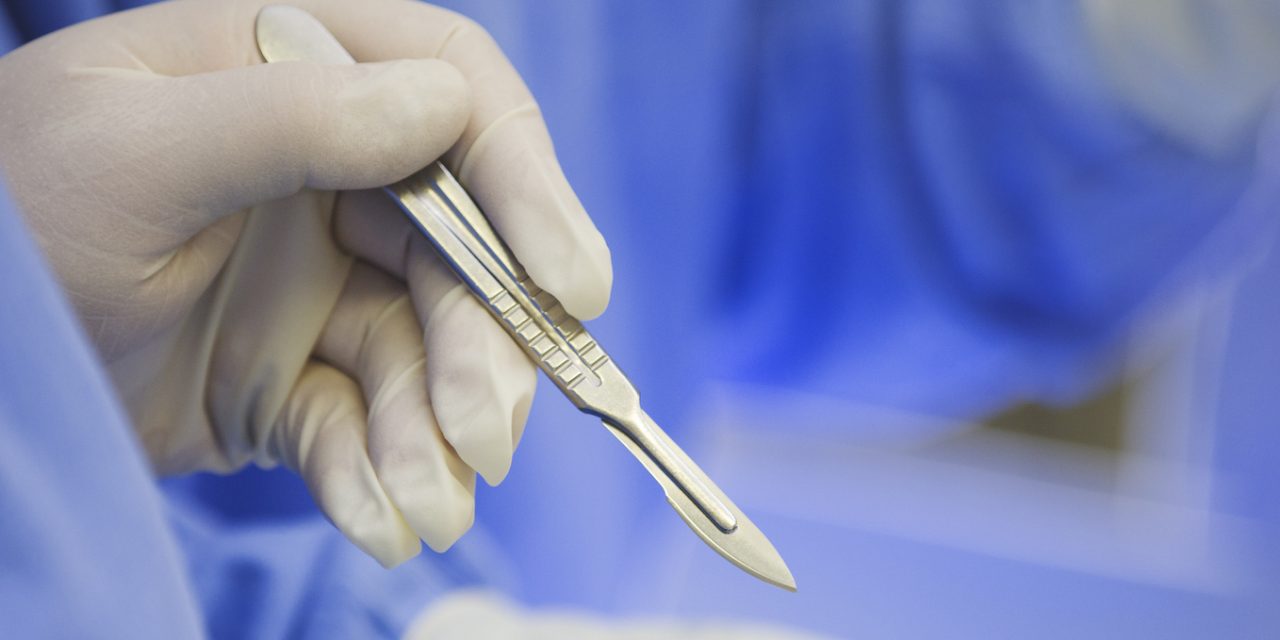Tangential excision in burn patients results in blood loss, with an average of 100 ml per 1% total body surface area (TBSA) excised. This substantial blood loss will be accompanied by decreasing serum albumin concentration, increasing inflammation, capillary leakage, and surgical stress. The importance of maintaining albumin level in burn injury is essential for wound healing, decreasing the susceptibility of sepsis, and preventing acute respiratory distress syndrome, the leading causes of death in burn injuries.
This was a prospective cohort study at our plastic surgery center in Bandung, West Java, Indonesia from January 2018. Serum albumin were sampled taken preoperatively and postoperatively after 24 h. Correlation to the percentage of burn tissue excised was analyzed.
Twenty-eight patients with burn injury were enrolled as study subjects. There was a significant drop in serum albumin after tangential excision surgery compared to prior surgery in burn patients with mean reduction of 8.6 ± 7.3% (P-value < 0.05) to the mean postoperative albumin value is 0.15 ± 0.1 g/dL. The albumin drop was correlated with blood loss (r = 0.326, P-value < 0.05) but not with the excision area (r = 0.196), length of surgery (r = -0.077) and TBSA (r = -0.213). Strong correlation was shown between excision area with the amount of blood loss (r = 0.567, P-value = 0.001).
Tangential excision leads to a reduction in postoperative serum albumin concentration. The magnitude of albumin reduction strongly correlated with the amount of blood loss amount during the procedure.
© 2020 The Author(s).
Serum albumin level difference in burn injury after tangential excision: A prospective cohort study.


